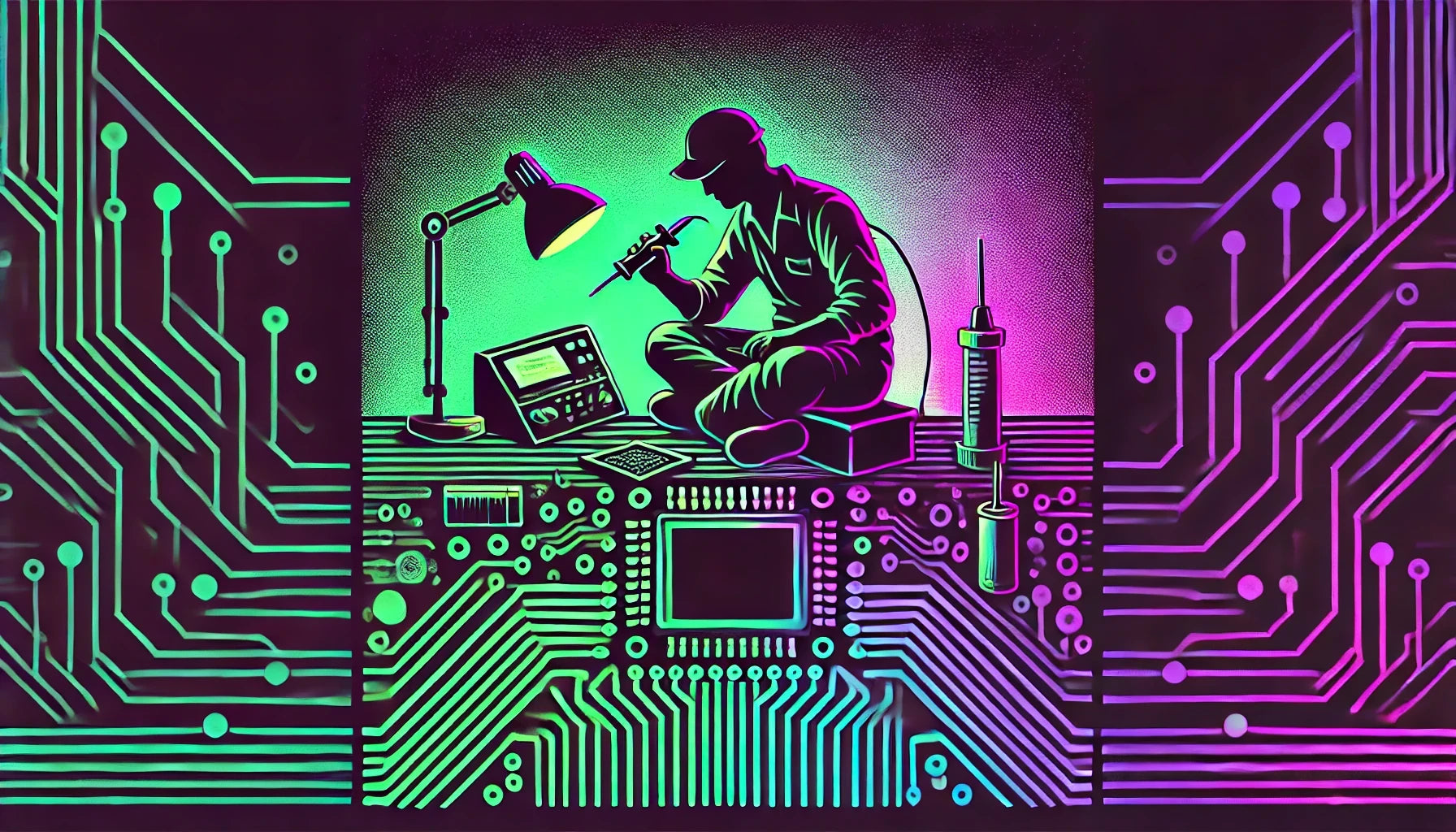What is GDB Used For?
- GDB, the GNU Debugger, is primarily utilized by firmware engineers for finding and fixing bugs in software programs. It allows developers to see what is happening inside a program while it runs or what the program was doing at the moment it crashed.
- Firmware developers use GDB to load the firmware on microcontrollers and then step through the firmware execution to diagnose issues. This process helps check the flow of execution and determine where errors may occur, especially in embedded systems where things are less transparent than on a full-scale operating system.
- GDB supports debugging over JTAG (Joint Test Action Group), which is commonly used in firmware development for directly accessing the microprocessor and system state, thus allowing for comprehensive debugging of the firmware layers.
- With GDB, developers can monitor variables, examine the call stack, and change the execution of the firmware in real time, which is beneficial for finding low-level bugs that might be hard to spot otherwise.
Is GDB Still Used?
- Yes, GDB is still widely used and is far from being outdated. It is an essential tool for many developers, especially in the open-source community and among those working with low-level programming and embedded systems.
- Despite the existence of many new debugging tools with graphical interfaces, GDB remains popular due to its robustness, versatility, and extensive support for different programming languages and environments.
- Moreover, GDB continues to receive updates and has a strong community that contributes to its extension and improvement, ensuring it keeps up with modern development needs and technologies, such as support for remote debugging and integration with IDEs (Integrated Development Environments).
- Additionally, GDB is known for its scripting capabilities which enable developers to create custom automated debugging routines, making it a powerful choice for many programming and debugging tasks.


























